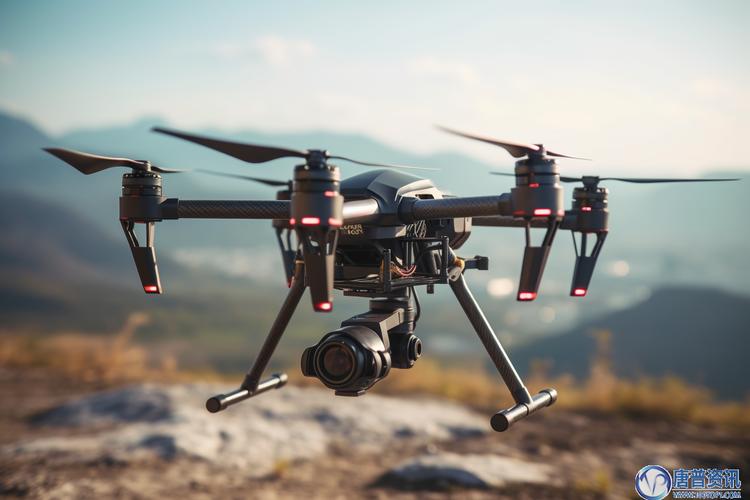Security firms are increasingly relying on UAV drones for surveillance due to their ability to monitor large areas efficiently and discreetly. Equipped with night vision and thermal imaging, these drones are crucial in situations where traditional surveillance methods are limited. Their small size and quiet operation enable them to gather intelligence and detect intrusions without alerting potential threats. Furthermore, drones are playing a pivotal role in traffic management, wildlife monitoring, and emergency response, providing real-time data that can be leveraged for quick and effective decision-making. The integration of AI and machine learning in drone technology has opened new avenues for automated pattern recognition and threat assessment, pushing the boundaries of what drones can accomplish in security roles. In logistics, delivery drones are revolutionizing package distribution, offering faster and more environmentally friendly alternatives to conventional methods. Major companies are harnessing UAV capabilities to streamline shipping processes, decrease overhead costs, and provide consumers with rapid delivery services. The potential to navigate urban environments seamlessly and track packages in real-time is transforming customer expectations and driving entrepreneurial creativity. While the advantages of UAV drones are evident, environmental impacts and regulatory concerns must be addressed. Drones contribute to noise pollution, affecting both urban and rural areas. Strategic designs to minimize sound and implement eco-friendly materials are necessary to mitigate these issues. Moreover, the drone industry must ensure compliance with airspace regulations to prevent misuse. Organizations and governing bodies worldwide are working to establish comprehensive policies to maintain harmony between technological advancement and societal norms. As drone capabilities expand, regulatory frameworks must evolve to accommodate new technologies while ensuring safety and privacy remain paramount concerns. Drone technology presents enormous possibilities for environmental studies, facilitating biodiversity conservation through data collection. By posing no threat to wildlife, drones allow researchers to gather accurate information on species behavior and population dynamics, aiding conservation efforts and policy formulation. These advances empower scientists to develop proactive solutions to environmental challenges and encourage collaborative approaches to preserving natural habitats. How do UAV drones improve agricultural efficiency? UAV drones enhance agriculture by providing precise data on soil conditions, crop health, and resource distribution, which enables farmers to make informed decisions regarding planting and irrigation. What regulatory challenges do UAV drones face? UAV drones must navigate complex airspace regulations to avoid conflicts with manned flights and ensure privacy protection, which requires ongoing development of comprehensive policies. Can UAV drones be used for wildlife conservation? Absolutely, drones offer non-intrusive methods for observing and collecting data on wildlife, aiding conservation projects by improving understanding of animal behaviors and ecosystem dynamics.
Applications in Security and Surveillance
Environmental Impact and Regulatory Considerations
FAQs
